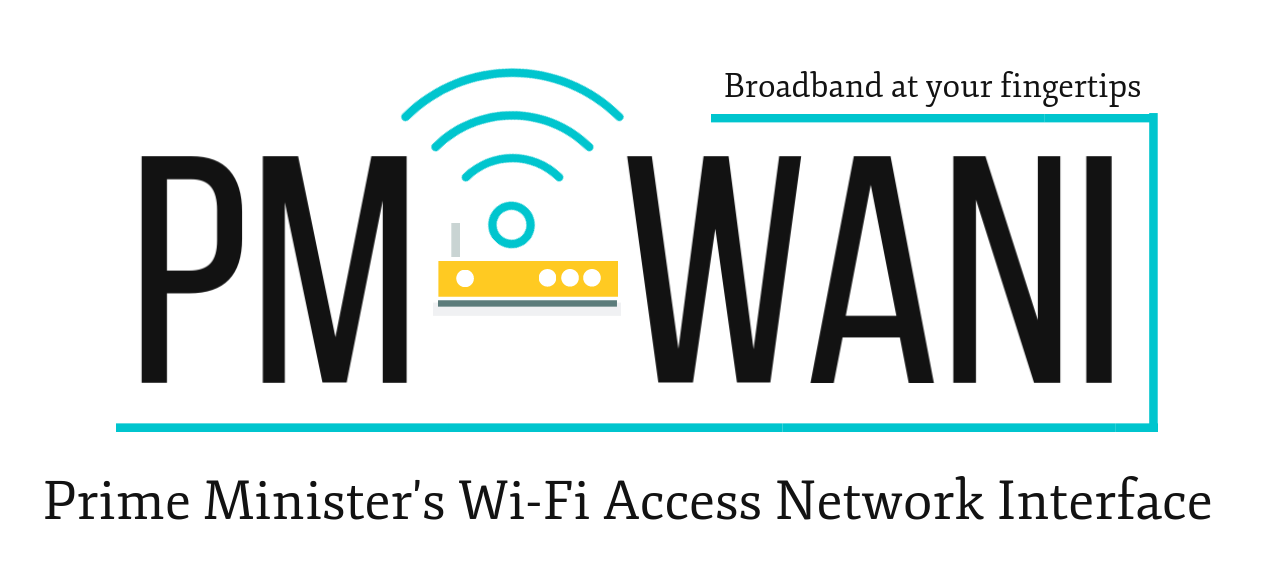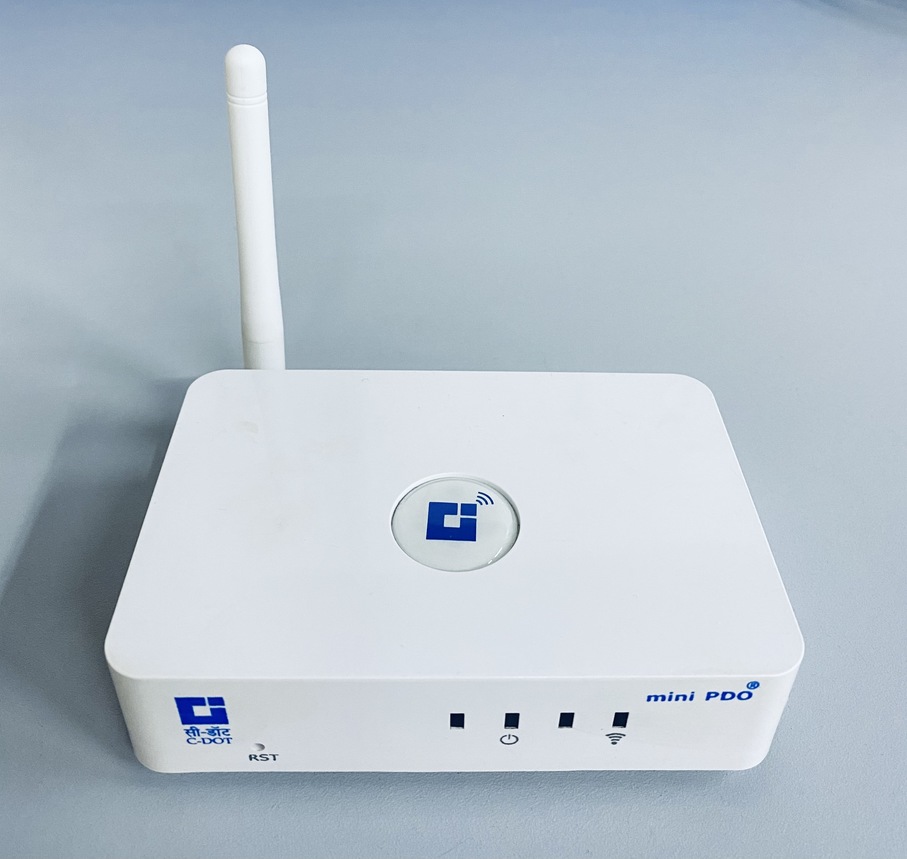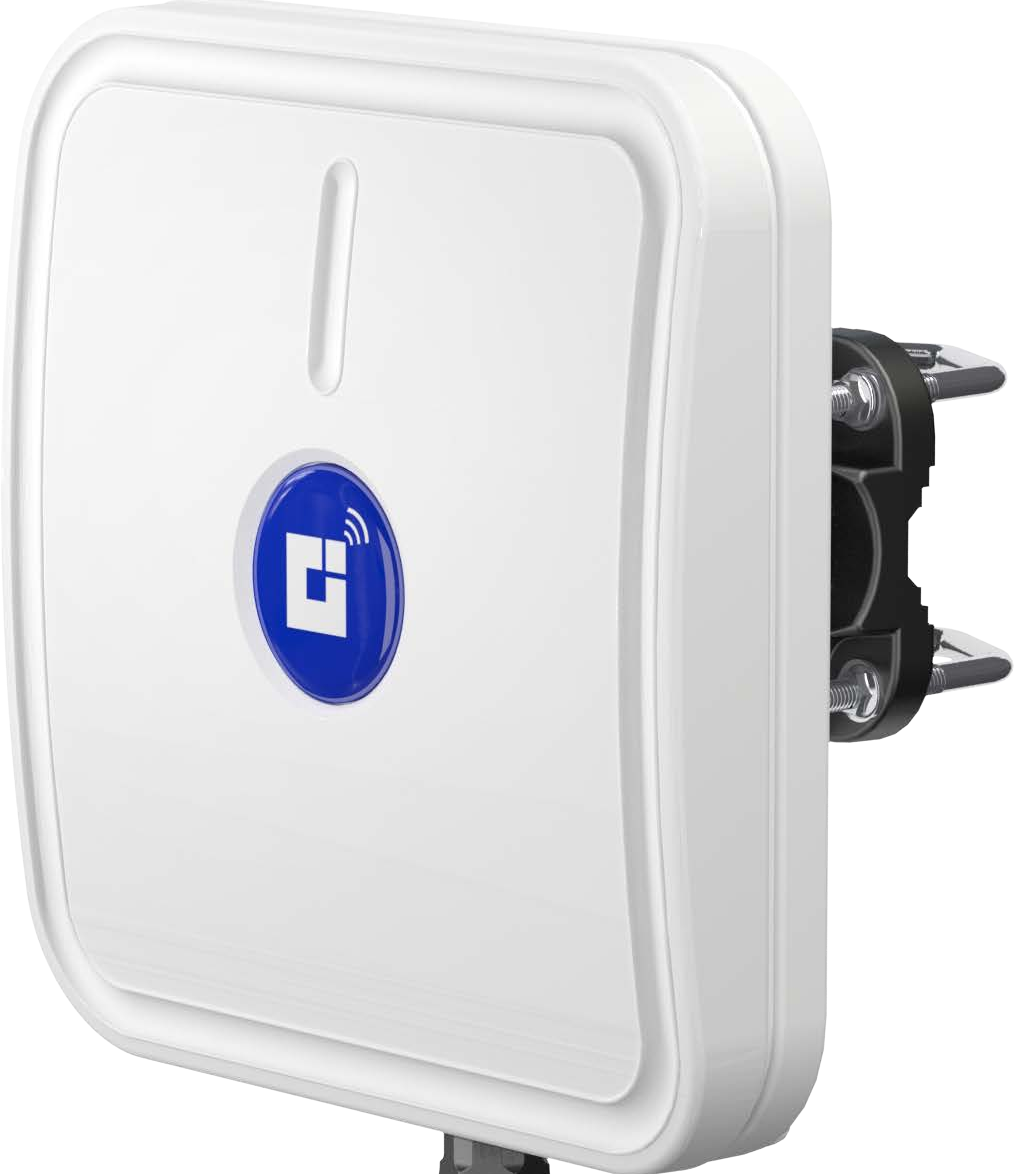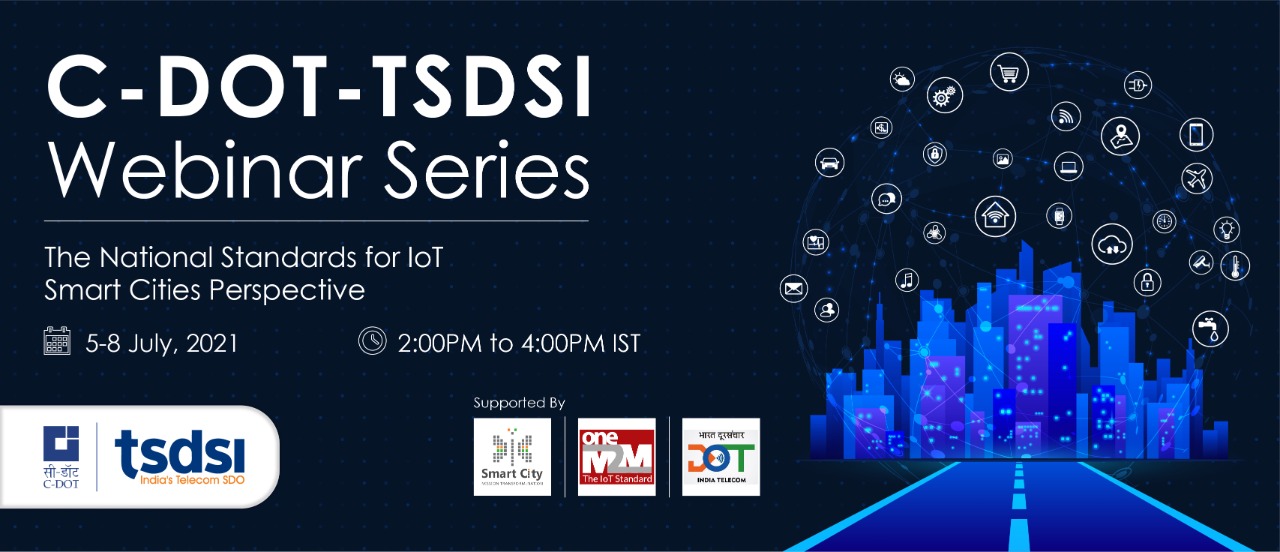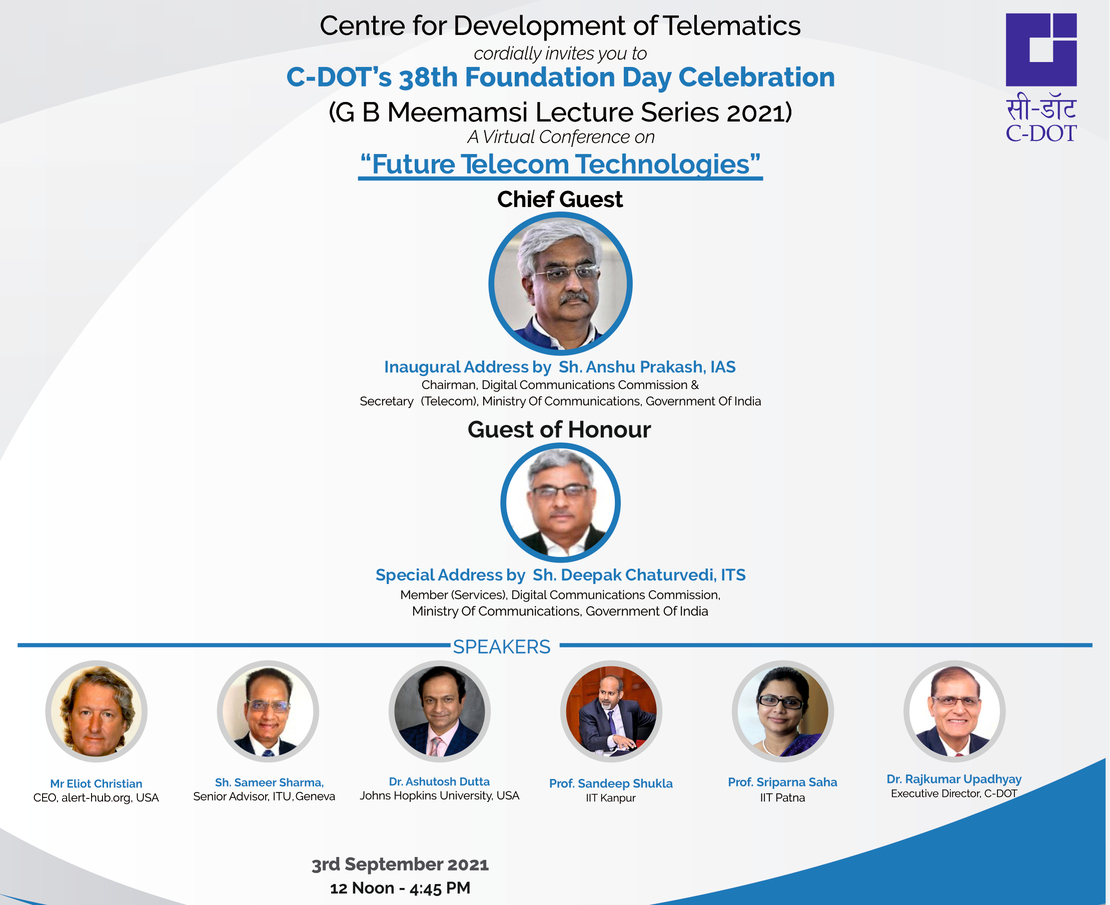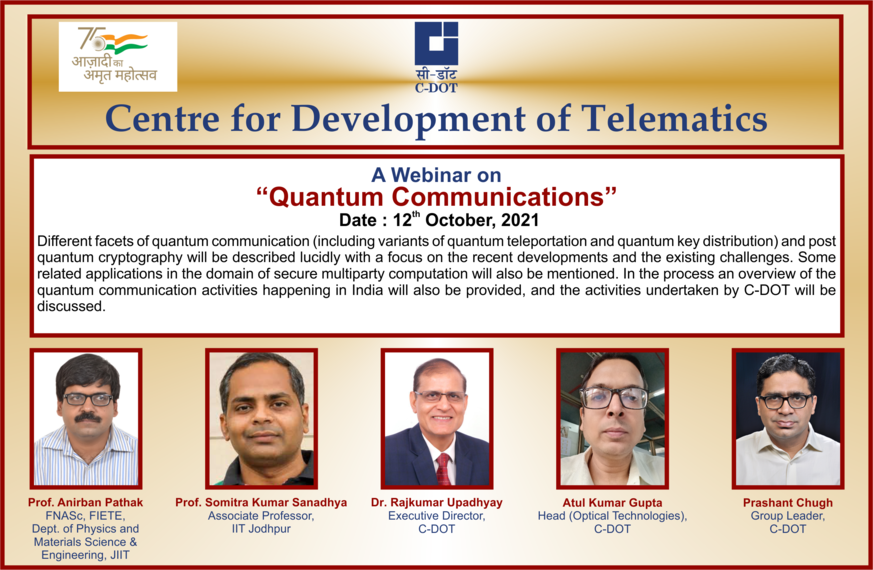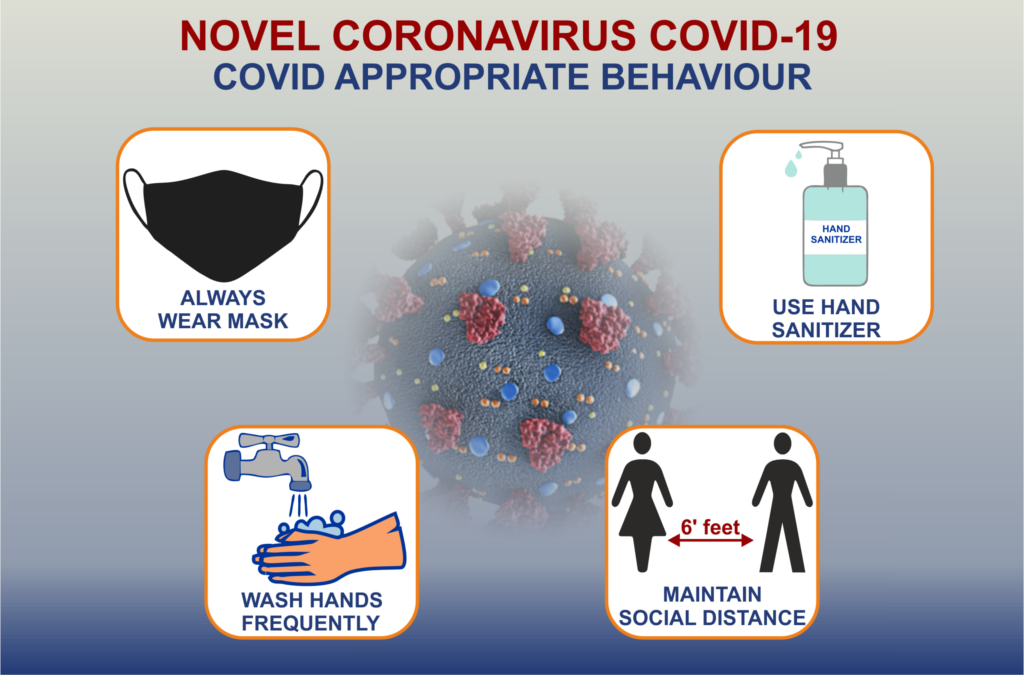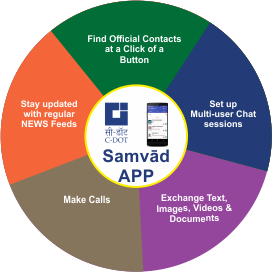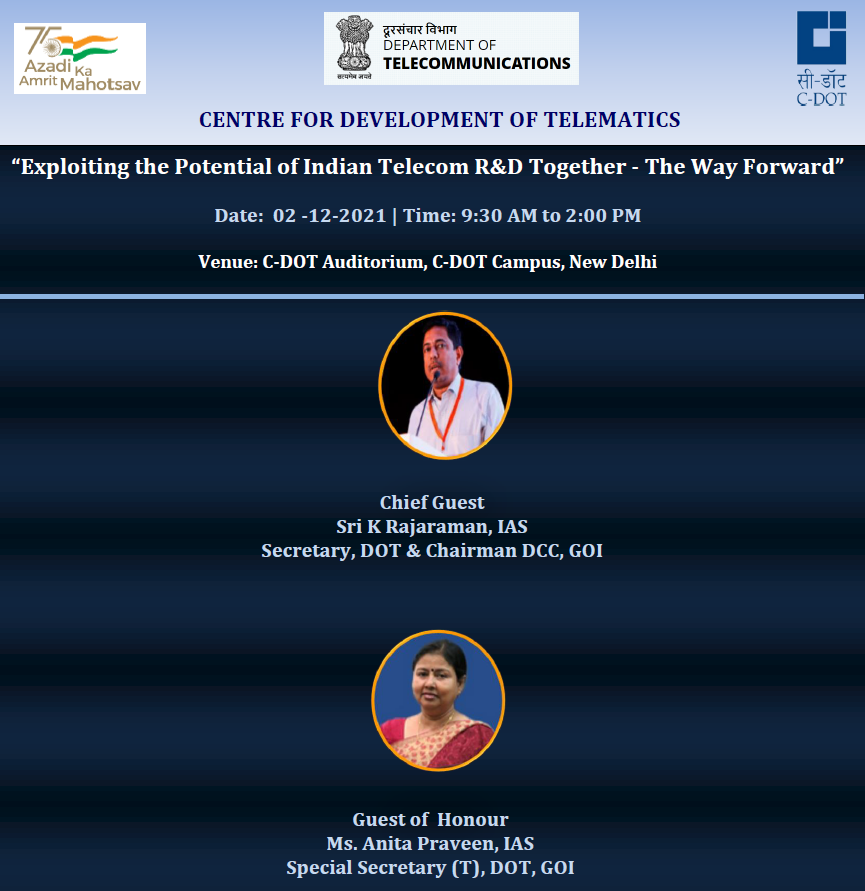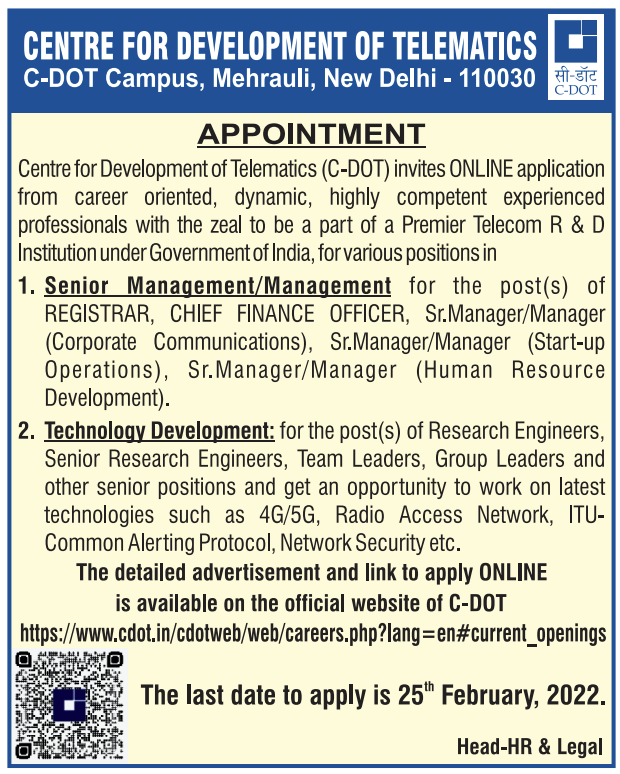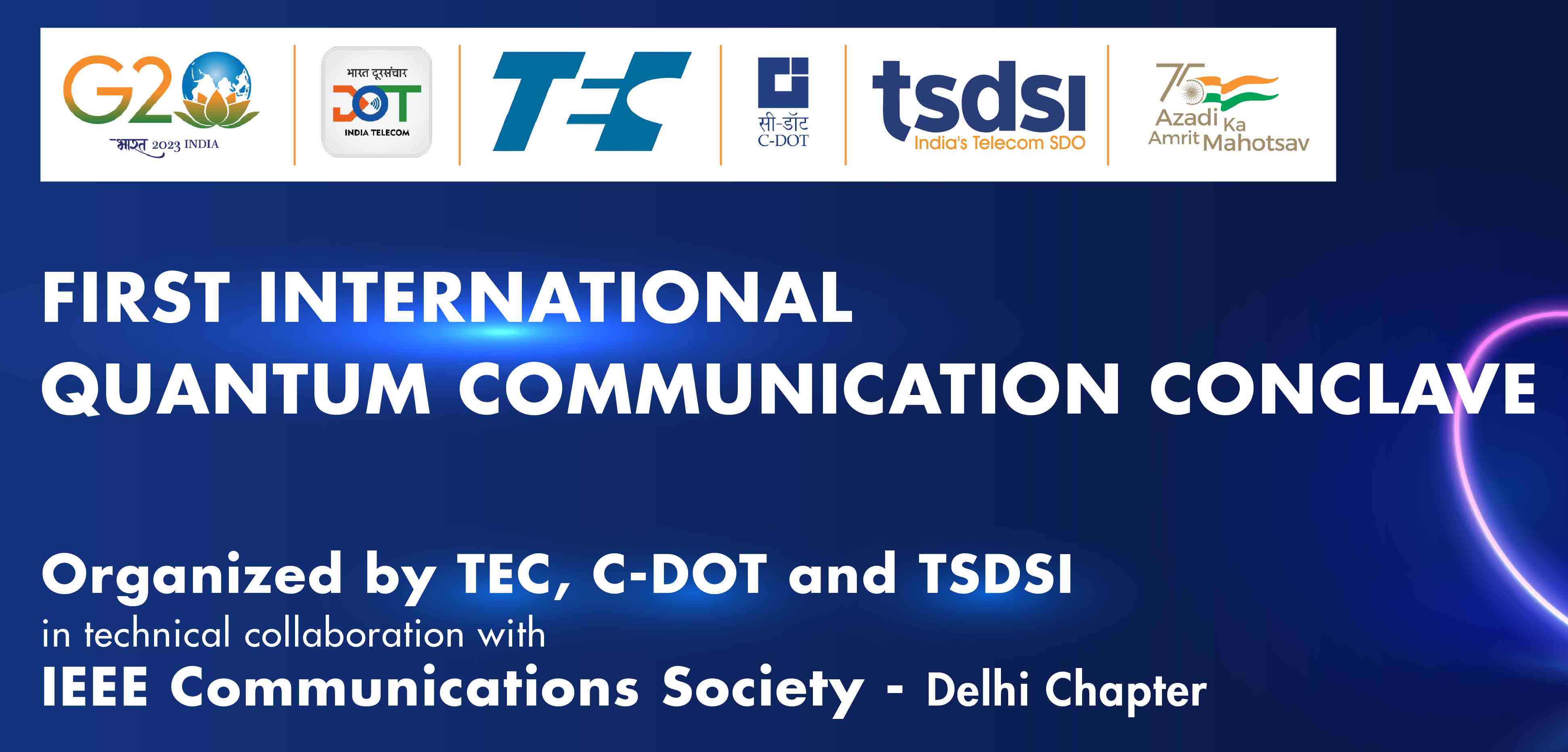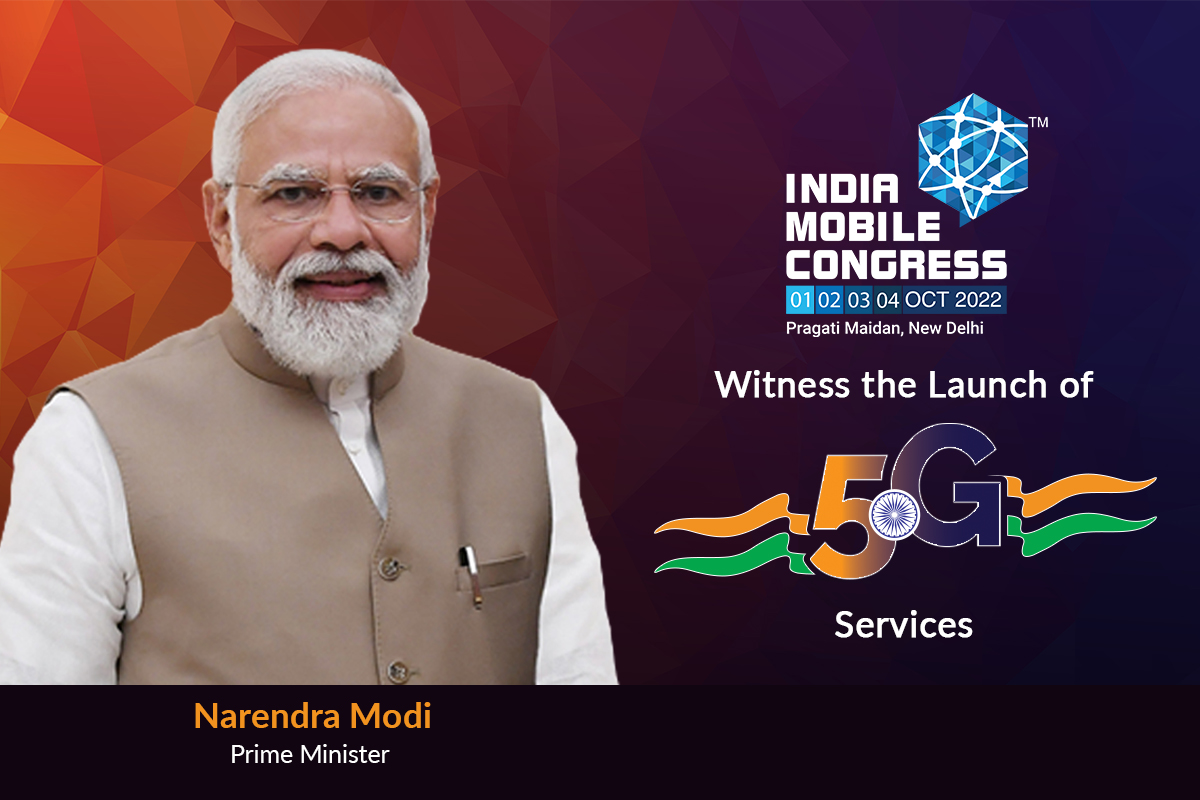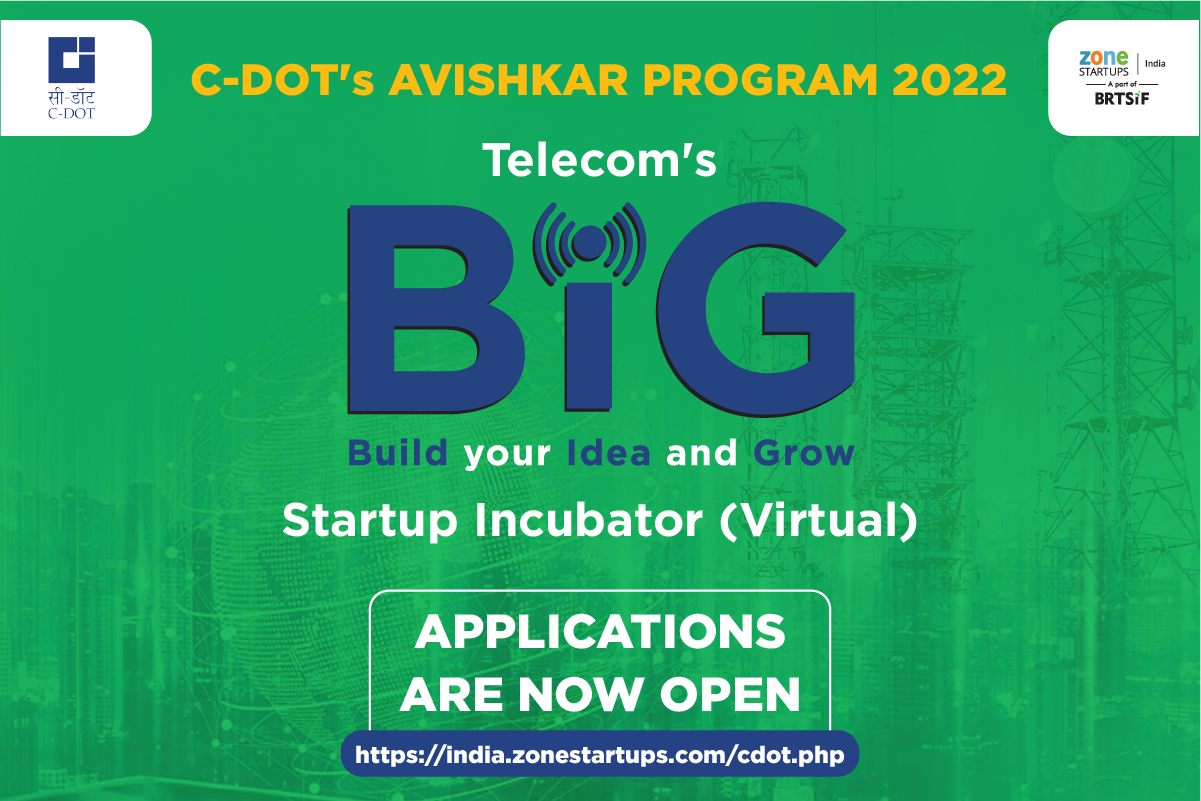C-DOT’s “India Quantum Alliance”
Collaborative Development of Quantum Communication Technologies for India
India and Quantum Communication
Ubiquitous, affordable, reliable, and secure digital communication is the need of every country in this age of information. A humungous amount of data is available on the Internet which can pose potential risks to the economic and social security of a country as well as of individuals. Modern communication technologies and data security are heavily dependent on encryptions to maintain the secrecy of the information being transmitted or stored. In any cryptographic algorithm, information security lies entirely on the privacy of keys. Today’s state-of-the-art Public Key Infrastructure (PKI), which is mostly used across the globe to secure the Internet, are based on mathematically complex algorithms. The security is based on the assumption that it is virtually impossible, even for the most advanced classical computer, to perform certain mathematical functions like prime factorisation of a very large integer in a reasonable time. However, with the rapid advancements in quantum computing and quantum algorithms, this assumption does not hold very strong. Multiple claims from researchers across the globe to achieve quantum supremacy (i.e., to perform certain mathematical operations in a reasonable time that is otherwise impossible for a classical computer) point towards the vulnerability of the existing cryptographic systems in front of an adversary having access to a quantum computer.
India’s digital economy is targeted to reach USD 1 trillion by the year 2025, driven largely by increased internet proliferation, growth of mobile data, and the popularity of social media. The range of quantum technologies is expected to be one of the major technology disruptions that will change the entire paradigm of computation, communication, and encryption. It is perceived that the countries that achieve an edge in this emerging field will have a greater advantage in garnering multi-fold economic growth and dominant leadership role, and core research is required to achieve supremacy. Recognizing the possibilities of quantum technologies, the Government of India in its budget 2020-21 announced the National Mission on Quantum Technologies and Applications (NM-QTA) spanning quantum technologies in four verticals-quantum computing, quantum communication, quantum sensing and metrology, and quantum materials and devices.
The fact that quantum communication technologies are going to play a crucial role in India’s digital security and growth, it is imperative for both the Indian private industries and the government to collectively evolve and adopt a sustainable model to invest in indigenous research and development in quantum communication technologies. In this era of rapidly developing technologies, unless credible indigenous technologies are developed, India will be forced to rely on imported technologies that are not only expensive but also a challenge to India’s digital security. There is no better time than now when the world is undergoing a second quantum revolution (the first being the invention of devices like transistors & lasers which revolutionized the electronics and communication industry) wherein the ability to control and manipulate quantum mechanical properties is leading to a new domain of supremacy. A lot of commercial applications can emerge from the development of quantum communication technologies in the field of health and pharmaceutical industry, Banking, Financial Services and Insurance (BFSI), telecommunication and IT, Internet of Things (IoT), utilities, military and government sectors.
C-DOT’s “India Quantum Alliance”
Centre for Development of Telematics (C-DOT) is a premier telecom technology centre of the Department of Telecommunications (DOT), Government of India. C-DOT has more than 3 decades of R&D experience in indigenous design, development, and production of telecom technologies especially suited to the Indian landscape. It has been at the forefront of the Indian telecom network’s digitization technologies. C-DOT’s product portfolio is a wide array of telecom technologies that include switching & routing, optical communication, wireless communication, mobile technologies, network security, advanced encryption techniques and Post-Quantum Cryptography based solutions, network management, M2M/IoT, Artificial intelligence/ machine learning and a host of other telecom software.
In the field of quantum communication, C-DOT has indigenously developed Quantum Key Distribution (QKD) system based on Distributed Phase Reference (DPR) protocols. C-DOT has already filed multiple patents with Indian Patent Office in this domain and one patent is already granted. MoUs with leading research labs and academic institutes have been signed to cooperate in the development and deployment of quantum optical communication technologies. C-DOT has also developed a solution to multiplex the quantum channel and classical channel of the QKD system on the same existing fibre carrying network traffic. The solution alleviates the need for dark fibre for the quantum channel and is suitable for greenfield deployments. The solution is also customizable for brownfield deployments. C-DOT has also started the development of a QKD system based on Measurement Device-Independent (MDI) QKD protocol that is resistant to various detector-side channel attacks that exploit imperfections in commercially available single-photon detectors.
C-DOT intends to deliver a complete suite of quantum communication products in the coming years. Sufficient budget allocation by the government has been made for this. The India Quantum Alliance is being formed under the guidance of DoT. This Alliance proposes an umbrella project for bringing together various ongoing R&D efforts in the industry, academia, startups, etc. C-DOT will manage the project and provide the necessary support, including financial assistance wherever needed, to enable the creation and evolution of quantum communication technologies for India. C-DOT’s India Quantum Alliance will extend leadership, promote best practices, generate research ideas, and provide technical and financial support to the ecosystem partners for the development and deployment of quantum communication technologies.
Consortiums listed below are proposed to be formed under this alliance for taking up indigenous development in quantum communication technologies:
- Continuous Variable (CV) QKD System
- Measurement Device-Independent (MDI) QKD System
- Twin-Field (TF) QKD System
- Chip-based QKD System
- Quantum Secure Direct Communication (QSDC)
- Super Dense Coding
- Quantum Teleportation
- Development of Indigenous QKD Protocols
- Security Analysis of QKD Systems and Protocols
- Indigenous Development of Devices and Components used in Quantum Communication
- Development of Use-cases of Quantum Communication Technologies
Each consortium will have members from industry and academic bodies who will bring different systems/sub-systems for the development of a market-ready product.
In addition to QKD based key generation system, C-DOT has also indigenously developed Quantum-secure products supporting Post Quantum Cryptography (PQC)algorithms, which are under standardization process at NIST (National Institute of Standards and Technology). These algorithms are based on mathematically hard problems (Lattice LWE /Code Based), claimed to be irreducible by Quantum computers. As PQC based solutions/products make use of in-band signalling over existing data network for key generation and distribution, hence Quantum safety using PQC can be acheived in a time & cost effective manner.
C-DOT has developed an 80 Mbps throughput Quantum-safe encyptor named Compact Encryption Module (CEM) for IP networks and is in process of developing higher throughput scalable tamper-resistant PQC encryptor. Also, this equipment offers an option to integrate QKD and static keys as well in order to increase key randomness. Support of multiple sources (QKD, PQC, Classical, static key) for key generation & distribution in hybrid manner, makes it the best choice for Post-Quantum migration, which can be adapted as per different deployment scenarios.
C-DOT has also indigenously developed a Quantum-safe and AI-enabled video IP phone named Quantum Secure Smart Video IP Phone (QSSVIP).
Quantum Communication Technology Advisory Board (TAB)
C-DOT will set up a Technology Advisory Board (TAB) for quantum communication technology, consisting of experts from industry and academia, which will advise C-DOT on technological development as well as policy direction.
Members of the TAB will be drawn for guiding each of the consortiums. Separate panels will be formed for taking forward the mandate of each consortium. Each panel will have at least 5 members from TAB, and one/two members from C-DOT for managing the preliminary work. Each panel will be chaired by a TAB member. The TAB will also guide C-DOT in forging collaborative research partnerships, selecting partners, examining the proposals for research and recommending fund allotment to industry partners. The TAB may recommend one of the following approaches for the development of different systems/sub-systems to deliver quantum communication technologies speedily.
- In-house development at C-DOT
- Joint development with other Indian partners
- Outsourcing development work to Indian partners having the required skillset and capability to expedite development
- Licensing technology / IPRs from Indian partners wherever required for building products
- Incorporating systems/subsystems already available with Indian partners, wherever available
India Quantum Alliance Funding
Funding will be through the India Quantum Alliance Fund of which C-DOT will be the main facilitator. The fund will be used for the development of quantum communication technologies and associated products and solutions. C-DOT will fund eligible project proposals from Alliance partners based on the recommendations from Consortium Panel/TAB. The funding can be in the form of equity, loan, revenue share, etc.
Quantum Alliance Project Engagement and Funding Process
Quantum alliance project engagement and fund approval will be a four-stage process:
- Partners interested in joining the alliance and seeking funds for a quantum communication development project will submit a statement of interest to the C-DOT Collaborative Research Cell (CRC). CRC can either receive these statements directly from prospective partners or it can invite the partners through open problem challenges, events, hackathons, call for proposals, etc. After a preliminary screening by CRC, proposals will be forwarded to the Consortium Panel (CP) for evaluation and funding.
- There will be one CP for each consortium. Each CP will consist of five or more technical experts (with domain expertise) from TAB and one technical expert from C-DOT. The CP chair can co-opt any other member as deemed fit. The technical expert from C-DOT will prepare an initial report in a pre-defined format and submit it to CP. The concerned CP will undertake a technical/strategic evaluation of the proposals. A CP can approve proposals worth up to Rs 10 crores. The panel will require a quorum of five members for approving the funding. For a proposal with a higher fund requirement, CP will forward the proposal with its technical evaluation report and recommendations to the Collaborative Research Screening Committee (CSC).
- The CSC will have technical experts from TAB, C-DOT and DOT. The CSC will evaluate reports submitted by CPs and discuss the proposal’s technical merit, social impact, commercial viability, risks, funding methods, IPR, revenue sharing, etc. The CSC can approve the proposal and grant funds up to Rs 20 crore. The committee will need a quorum of 10 members to approve funding. For proposals with fund requirements beyond Rs. 20 crores, the CSC will forward the proposals with its recommendation to the C-DOT Steering committee headed by the Secretary, DOT.
- The engagement process, selection criteria, method of funding, revenue sharing models, etc., and all other terms and conditions for joining India Quantum Alliance will be derived from C-DOT Collaborative Research Policy (CCRP-2022).
